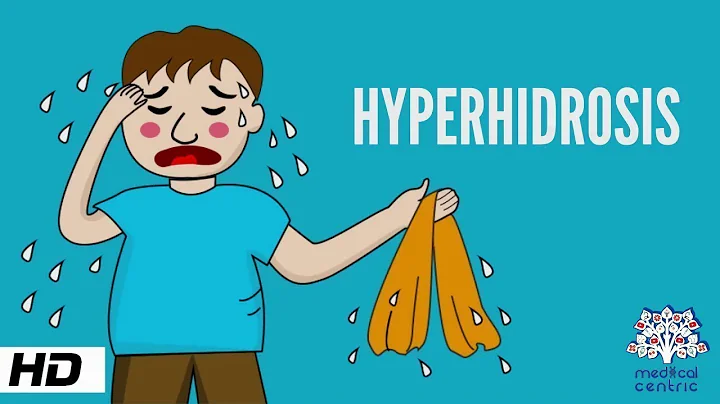
Let’s first talk about a patient we encountered in the outpatient clinic. This is a middle-aged and elderly woman. The reason for coming to see a doctor is that she often suffers from headaches, palpitation, and excessive sweating in the past three years. When she has a headache, her blood pressure is high, accompanied by chest tightness and shortness of breath, but she has no symptoms. Chest pain. When symptoms occur, the blood pressure can reach 170/90mmHg and the heart rate is 110 beats/min. It can resolve spontaneously after resting, but it relapses, lasting about 1-2 hours each time, about once every half month. The antihypertensive drugs are amlodipine besylate 5mg once a day; metoprolol succinate sustained-release tablets 47.5mg once a day; blood pressure is not well controlled.

Blood pressure fluctuations are very common in clinical practice, caused by mental factors, irregular medication, environmental influences, etc. However, with this relatively typical manifestation, we need to exclude endocrine diseases, especially pheochromocytoma / paraganglioma . Therefore, relevant examinations were performed, and the results found that blood catecholamine metabolites: 3-MT 0.057nmol/l ↑, MN 0.09nmol/l, NMN 12.91nmol/l ↑, 24-hour urine catecholamines: NE 1352.6ug/24h ↑, 24hE 1.5ug/24h, 24hDA 334.9ug/24h, adrenal enhanced CT: right retroperitoneal hyperenhanced mass , size 4.7cm×3.5cm×4.5cm. Posterior MIBG imaging showed abnormal findings in the mid-upper abdomen and considered the possibility of paraganglioma.
After the above series of examinations and combined with the medical history, we can basically diagnose it as paraganglioma .
Let me introduce some characteristics of pheochromocytoma/paraganglioma
Pheochromocytoma/paraneuroma refers to a type of tumor that secretes catecholamines . catecholamines usually include norepinephrine and epinephrine. There are three types of dopamine , and . Elevated catecholamines usually cause increased blood pressure. If the tumor grows on the adrenal gland it is called pheochromocytoma , and if it grows outside the adrenal gland it is called paraganglioma .

What are the characteristics of blood pressure in patients with this type of tumor?
Some patients think that blood pressure will continue to rise, and some patients think that it will rise in paroxysms. In fact, both situations are possible. Some patients may even have normal blood pressure, which was discovered by accident through other examinations.
In fact, all diseases are the same. They have typical manifestations and atypical manifestations. The most difficult to diagnose is those atypical patients.
Specifically, the blood pressure manifestations of patients with pheochromocytoma/paraganglioma include the following situations:
(1) Paroxysmal increase in blood pressure, accounting for about 1/3: a sudden increase in blood pressure during an attack, which is often accompanied by There is the triad of "headache, palpitations , and sweating", and the blood pressure can be normal between attacks.
(2) Sustained hypertension, accounting for about half: it is the most common manifestation of hypertension in children with pheochromocytoma. In such patients, hypertension may be persistent at first, or may develop from paroxysmal to persistent hypertension.
(3) Paroxysmal exacerbation of persistent hypertension: This is mainly due to blood pressure fluctuations and paroxysmal exacerbations caused by changes in the concentration of catecholamines in the blood circulation.
(4) Normal blood pressure: This situation can also be seen clinically.
In addition, this type of patients has a special blood pressure manifestation, which is that they are prone to orthostatic hypotension .

Orthostatic hypotension: Standing blood pressure is significantly lower than supine blood pressure, reaching a 20mmHg drop in systolic blood pressure or a 10mmHg drop in diastolic blood pressure .
Pheochromocytoma/paraneuroma patients should lie down and rest for five minutes before standing up. Some patients may experience instability, blurred vision, and in severe cases, syncope. Therefore, these patients should move slowly from the supine position to the upright position to prevent orthostatic hypotension.
Hypertensive patients, especially those with large blood pressure fluctuations, if they also have relatively specific symptoms of headache, palpitation, and sweating. Of course, these symptoms usually occur at the same time. They need to be alert to pheochromocytoma/paraneuroma. It is recommended to go to Endocrinology to investigate.






















